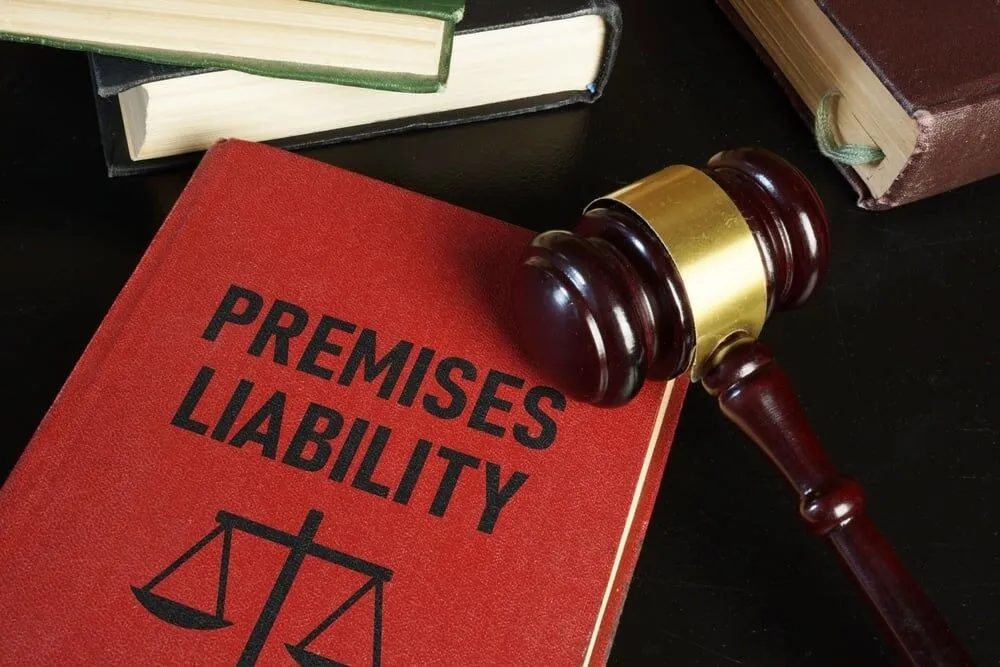Thinking about what happens to your stuff when you’re gone isn’t exactly a fun topic. If you’ve ever tried to figure out the paperwork, the legal terms, or even who gets what, you already know it’s not just uncomfortable—it can be overwhelming. The talk of probate, legal fees, and family arguments that can arise when things aren’t clearly outlined could be giving you sleepless nights.
Setting up a living trust doesn’t have to be a nightmare. It can be a pretty straightforward process once you understand the steps and have the right tools such as a Revocable Living Trust. And if you’re in California, talking to a Los Angeles Estate Planning Lawyer might be the smartest first step. But before you book an appointment, here’s what you need to know.
Familiarize Yourself with Living Trusts
So, what is a living trust? Basically, it’s a legal document that lets you transfer ownership of your assets—your house, bank accounts, investments, and more—into a trust that you control while you’re still alive. Once you’re gone (or no longer able to manage things), someone you’ve named takes over and distributes everything according to your instructions.
Many people assume that their Last Will and Testament is enough. While a will is important, it doesn’t keep your estate out of probate court. A living trust does. That’s a huge deal because probate can be slow, expensive, and kind of a mess.
Plus, a Revocable Living Trust gives you flexibility. You can change it, update it, or cancel it as your life changes. Bought a new house? Had a baby? Got divorced? You just tweak the trust. It’s not set in stone.
Decide If a Living Trust Is Right for You
Here’s a question worth asking yourself: do I have enough assets to make a living trust worth it? The answer is probably yes. A lot of people think trusts are only for the ultra-wealthy, but that’s not the case anymore. If you own a home, have some savings, or just want to make life easier for your family, it’s a smart move.
And while you can create it yourself with online templates, there’s always a risk of making mistakes that could cause big problems later. Honestly, searching for a Trust Settlements Lawyer Near Me, can save you headaches down the road. If you’re not sure where to begin, resources on how to find a living trust lawyer in Las Vegas can be especially useful, since having the right legal guidance makes the process smoother and more reliable
List Your Assets and Choose Your Trustee
Alright, you’ve decided to move forward. Now what? The next step is figuring out what’s going into the trust. This means listing all your assets—real estate, bank accounts, investments, retirement accounts, even personal items like jewelry or family heirlooms. You’ll also want to gather any documents that show ownership.
After that, you’ll need to choose a trustee. This is the person (or institution) who will manage the trust. Most people name themselves as the initial trustee so they can stay in control while they’re alive. Then, you pick a successor trustee—someone who steps in if you can’t handle things anymore.
Choosing the right trustee is a big deal. It needs to be someone responsible, organized, and trustworthy. If you don’t have someone like that in your life, you can name a professional or a bank to serve in that role. Again, this is where a Los Angeles Estate Planning Lawyer can help you weigh your options and avoid common mistakes.
Summing Up
Setting up a living trust might feel intimidating at first, but it’s really just a way of taking care of the people you love—and sparing them a ton of stress later. And it’s not just for the rich or the elderly. It’s for anyone who wants to be intentional about what happens after they’re gone. So if you’ve been googling “How to Set up a living trust,” hopefully this article will help you make the right decision.




